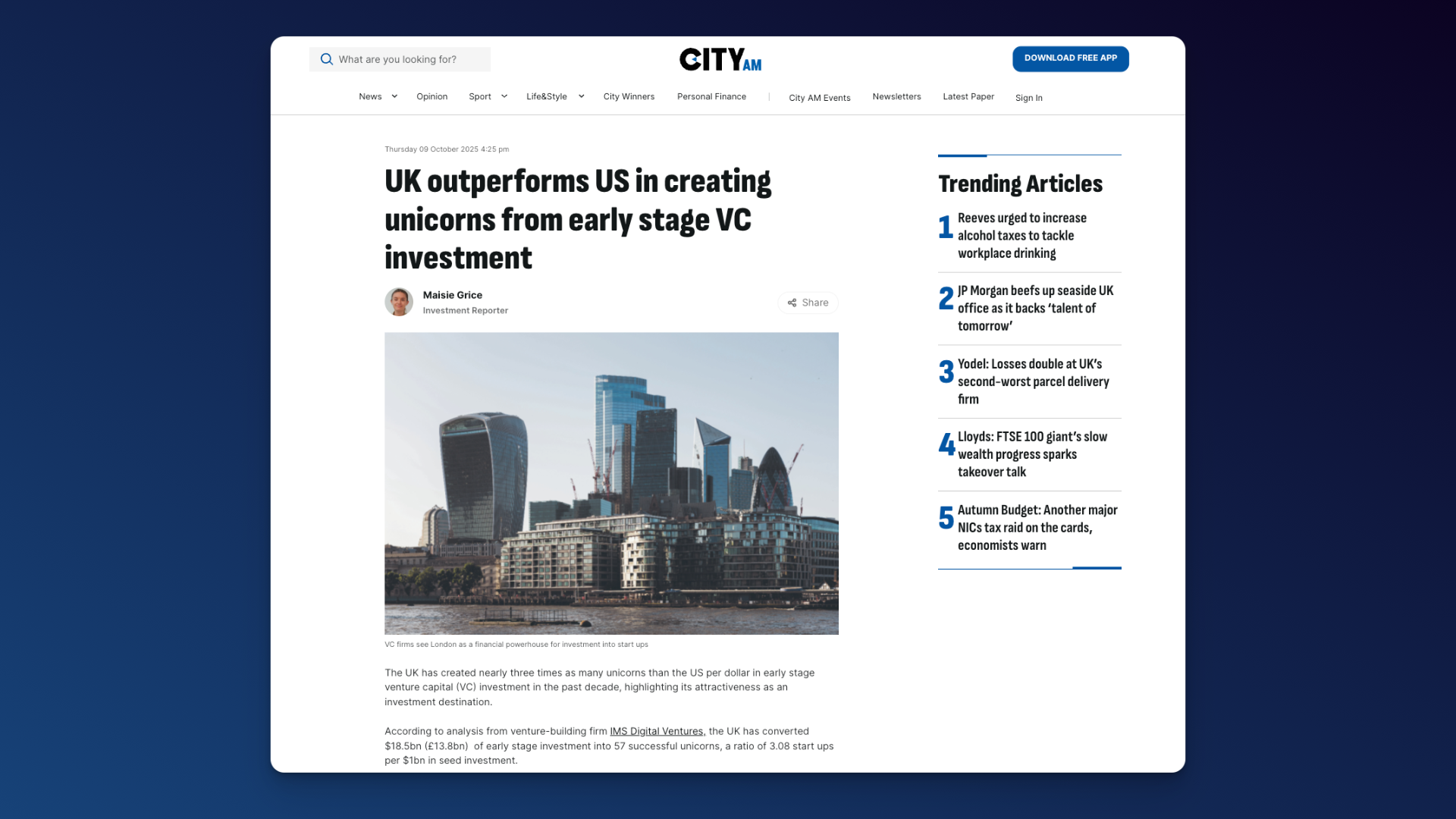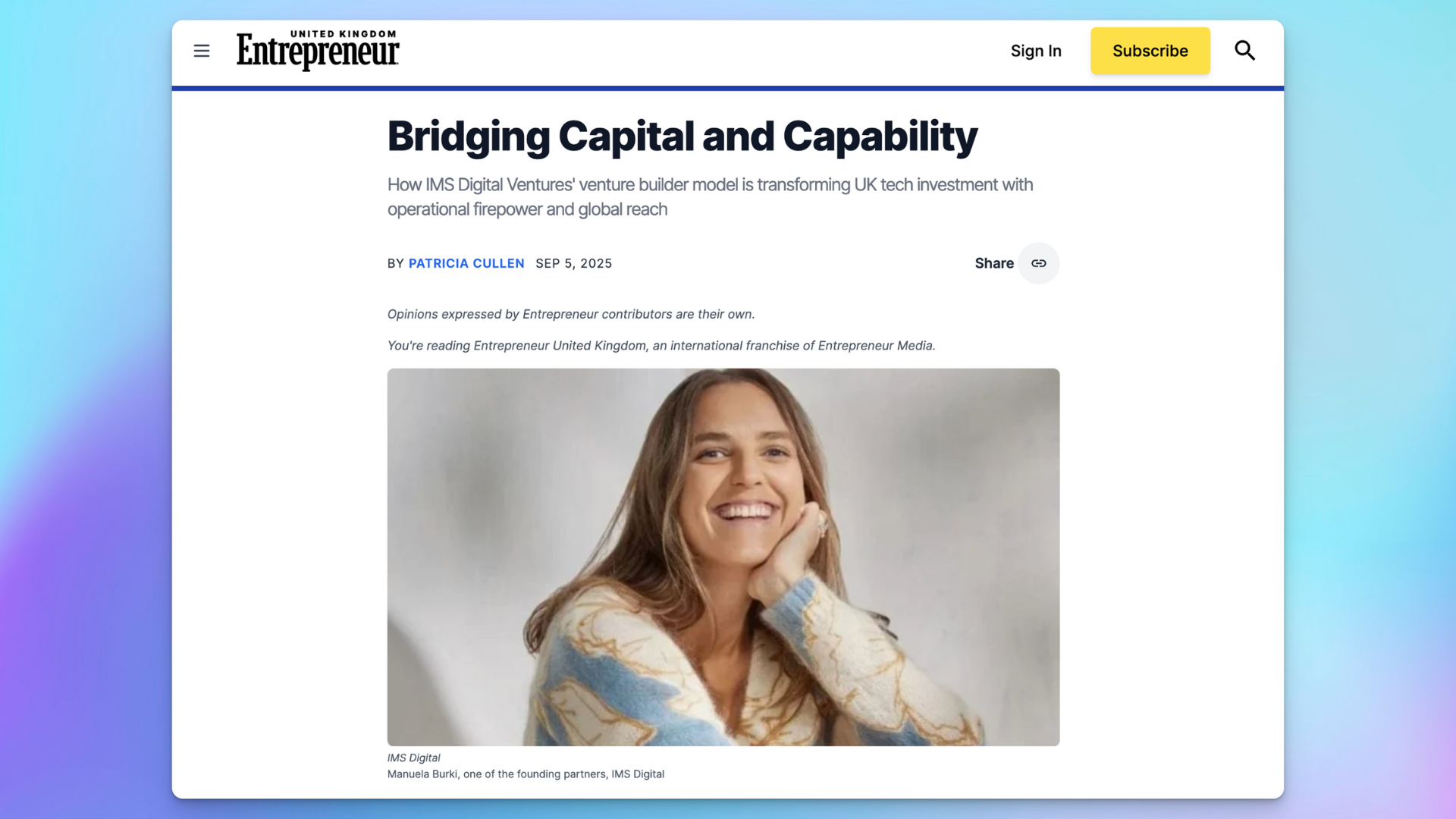“Things. Have. Gotten. Real.”
That is how Ashley G Dudareno and Michael Zakkour describe the landscape of New Retail in their book on how retail trends in China are going global. A term coined by Jack Ma in 2016, it feels like a decade has passed since the world was introduced to what the future of retail would look like: a seamless blend between online and offline that shapes the way we live, buy, sell, socialize, communicate, consume, and share. When it comes to China, the future is already here, and the clock is racing for brands to adapt or abandon their business models before they become irrelevant.
This pressure on brands to constantly delight their audience often manifests in efforts to upgrade legacy systems, integrate data into marketing strategies, or adopt company-wide processes that put customers at the core of their business. Marketers have realized that consumers interact with brands on their terms, and that the role of the consumer has also evolved from a mere client to ‘co-creator’ and ‘advocate’.
For luxury Western brands, New Retail is an ideal environment to leverage omnichannel storytelling to engage consumers and offer stimulating experiences both online and offline. In practice, many brands still struggle to balance control of brand narrative with the staggering reach of third-party e-commerce sites. Amidst the fear of losing brand equity from not being able to control the narrative, experiential marketing and clever digital campaigns are becoming the building blocks of strategies to stir consumer emotions.
Beauty brands have typically led the way when it comes to innovative experiential marketing, such as MAC Cosmetics’ experience centre or Sephora’s innovative mini-programmes in WeChat. According to Deloitte, Millennials and Generation Z look set to represent over 40% of the global luxury goods market by 2025 (compared with 30% in 2016). These consumer segments are known to be digitally savvy and on the hunt for new experiences, and they will expect luxury brands across all categories to deliver.
But it’s not all fun and games. AR and VR gimmicks are unlikely to appease audiences who feel alienated, frustrated, or indifferent to your brand. A good brand experience starts with the most basic customer service: for luxury brands in China this means excellent response times, VIP service, easy returns, fast shipping, and deft handling of complaints (conversational marketing through mediums like WeChat have even enabled brands to turn customer service into a marketing tool).
From there, brands can build on the interactions they offer their audiences, from highly personalised campaigns to in-store experiential marketing. Each of these interactions, whether online or offline, provides an opportunity to uncover deep insights about what consumers want. China’s luxury consumers are well known to be the zenith of shopper sophistication, oozing digital savoir-faire and demanding a je ne sais quoi from brand experiences.
The mystery of je ne sais quoi can be solved with the right analytics strategy. With the right strategy, data becomes an enabler, allowing brands to adopt an agile approach thanks to real-time insights on consumer feedback (just think of the PR crisis you might avoid!). Social listening, too, is a powerful tool that few have mastered in China but can help brands keep up with luxury consumers’ thirst for trend-setting and innovation. On their own, these data strategies can generate decent business value, but the real potential lies in integrating data analytics across all touchpoints for a 4D understanding of how consumers think, feel, react, and share.
The success of a data analytics programme relies almost entirely on its actionability. Luxury brands must remember that the end goal of data insights is in bringing commercial results. The right infrastructure will empower marketing and support teams with the ability to personalize marketing content, build a compelling brand narrative, and achieve the optimal balance between reach and segmentation in their campaigns. As New Retail continues to open up opportunities for interaction, brands must adopt a closed loop approach to how they communicate with consumers: collecting data, identifying insights, refining marketing messages, and choosing the right time and channel to engage. A cultural shift to a data-driven consumer engagement requires change management, but doing so facilitates a new philosophy that turns marketing from a brand expense into a brand asset.
Wherever retailing is headed, China is already there, and brands that are dominating their industry are leveraging CRM, data analytics and technology to leverage omnichannel storytelling and experiences.
About the Author
Manuela leads the Marketing division at IMS, advising clients on branding and market positioning in both Europe and Asia.
Prior to joining IMS, Manuela worked in financial regulation and compliance. Past experiences include representing France in roundtable discussions in Brussels for the European Venture Capital Fund (EuVECA) Regulation.
She obtained her LL.B (Hons) at UCL before graduating from Sciences-Po, Paris, with a Master’s in Financial Regulation.
Connect with Manuela Burki on LinkedIn



